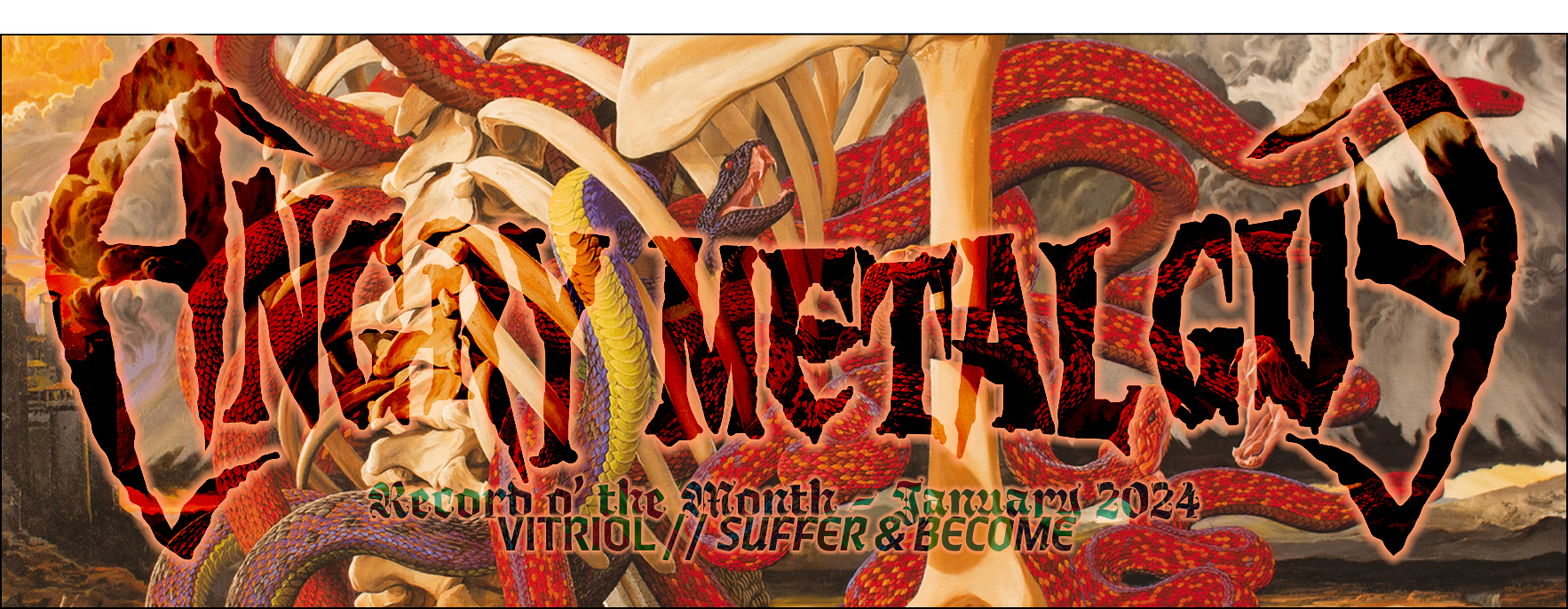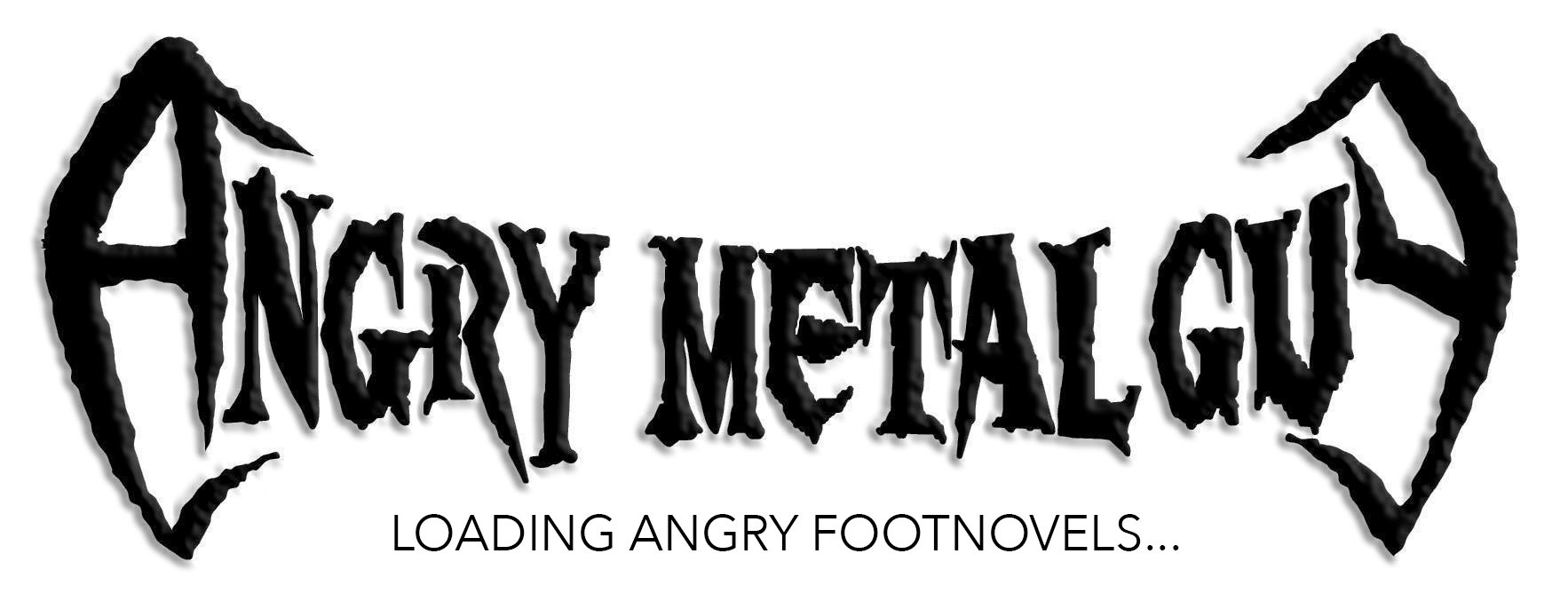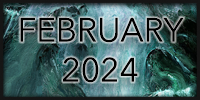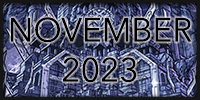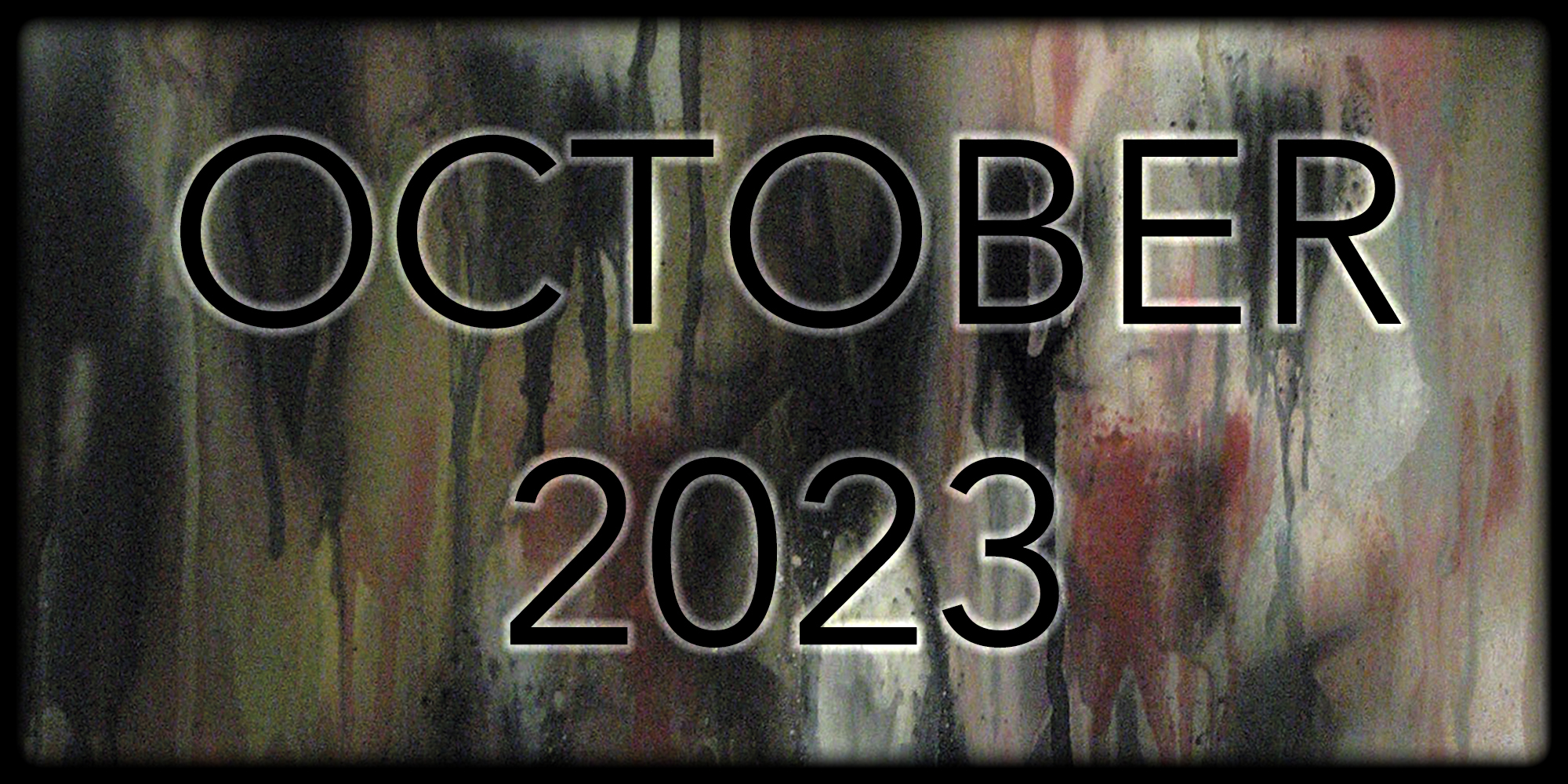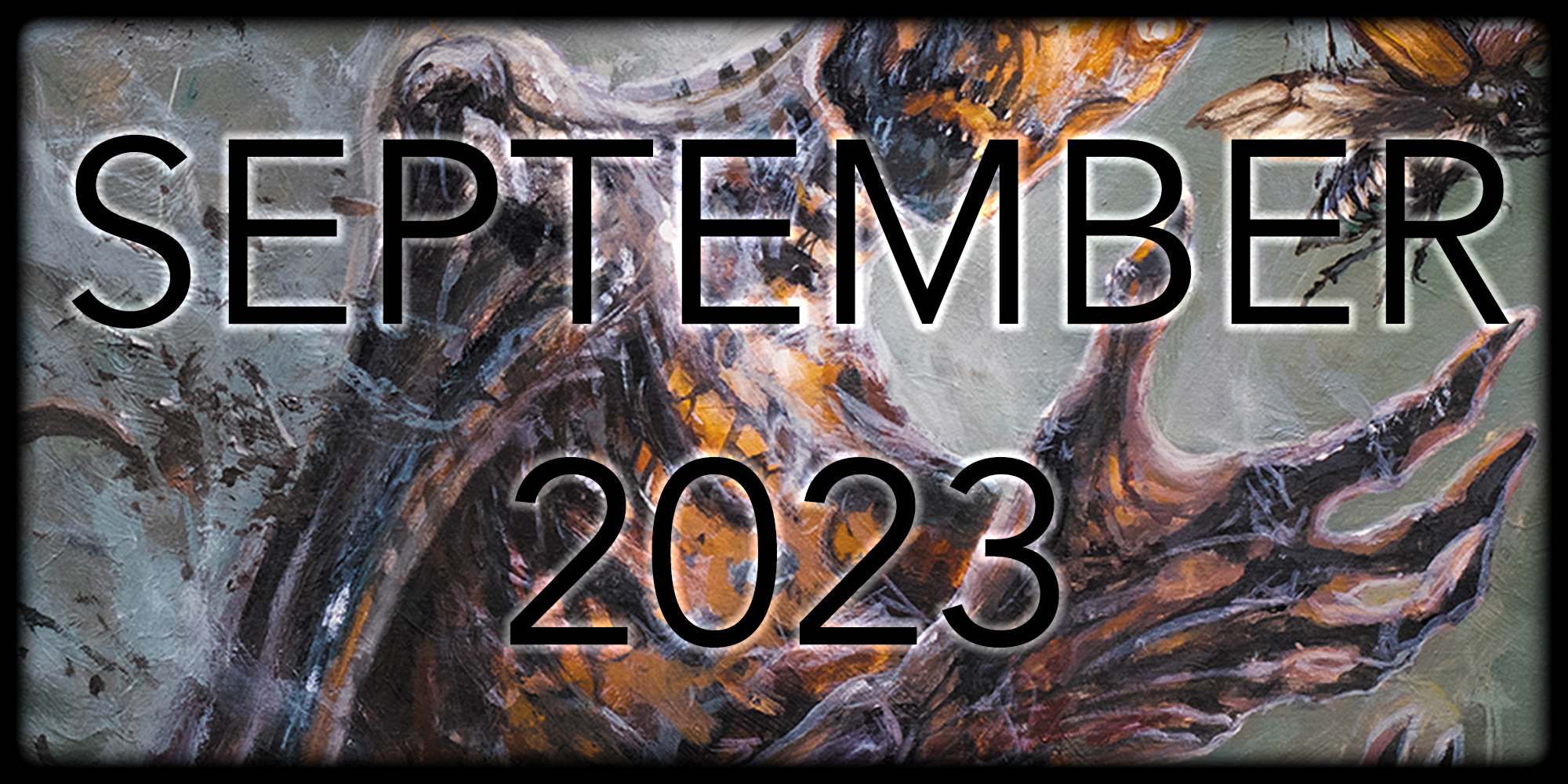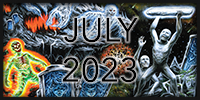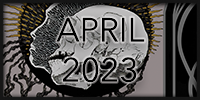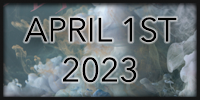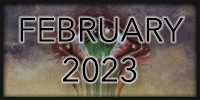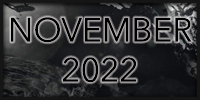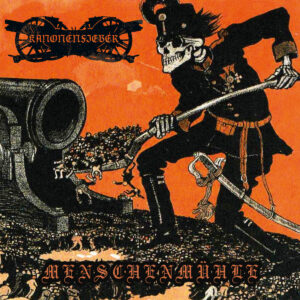
With that unpleasantness out the way, what Kanonenfieber has created with Menschenmühle is nothing short of stunning. At its heart an atmospheric black metal project, Kanonenfieber seamlessly blends elements of death metal (“In’s Niemandsland”) and doom (“Die Feuertaufe” and “Unterstandsangst”), with occasional post-metal beauty (“Die Schlacht bei Tannenberg”) to deliver a harrowing sonic journey through one of the most tragic periods of human history. It drags the listener into the filthy depths of the trenches and through raging, mud-clagged battles to leave you spent and broken in the desolation of No Man’s Land. Whether it’s the majestic melodies in the middle of “Die Schlacht bei Tannenberg,” the pounding Teutonic fury of “Dicke Bertha” or the blazing tremolos of “Grabenlieder,” the emotions are writ large, whether one speaks German or not. This is only emphasized by the skillful placement of original spoken-word recordings, like that which opens “Die Schlacht bei Tannenberg,”2 which lends Menschenmühle such a compelling sense of storytelling.
The sonic palette in which Kanonenfieber lays out its tale is rooted in atmospheric black metal, meeting in the middle ground between the howling melodies of Minenwerfer and the more bombastic power of Panzerfaust. There are, however, nods on “Dicke Bertha,” for example, to the likes of Bolt Thrower, and the gravelly, rasping growl of the vocals owes as much to traditional death, as it does to black metal. The frenzied drumming that carries along much of Menschenmühle also shows moments of confident delicacy, like the ride cymbal over a repeating melodic doom melody about a third of the way into opener “Die Feuertaufe.” These moments of delicate restraint characterize Kanonenfieber’s songwriting, allowing moments of melodic calm or doom-inspired plodding dread to punctuate and emphasize the crushing weight of the rest of the album.
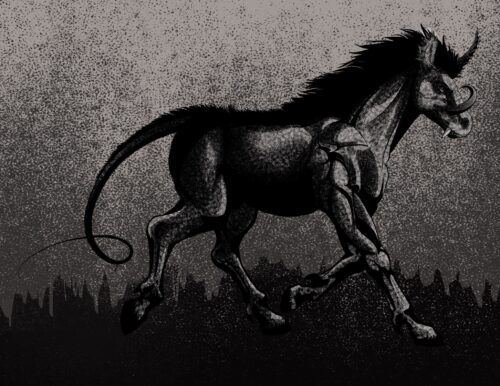
Indeed, such is the deft confidence on show here that I can’t help but wonder whether the anonymous Bavarian creator of Menschenmühle is part of some better-known outfit, rather than this being a true debut. There are many audiophiles on staff here at AMG Towers and, while I may not be one of them, to these ears at least, Menschenmühle sounds fantastic. It has such a huge, textured sound, where every nuance can not only be heard but also sounds good in its own right. From the mournful, plaintive edge of the guitar tone, through the weight and rounded sound of the drums, to the gritty edge of the vocals, it all works perfectly and is balanced in the mix too.
I love records that build to a conclusion, saving their best for last. Going out on a high—or in this case, a heart-wrenching emotional low—is such a hard thing to do but Kanonfieber absolutely nails it. With each track that passes, it feels like Menschenmühle ratchets up the stakes. By the time we hit the stripped-back post-hardcore of penultimate track “Unterstandsangst,” the strain and exhaustion are palpable. The tempo is right down, a la YOB, the guitars take on an almost contemplative melancholy, and the vocals have an air of burned out, impotent fury, before a final all-out assault is launched. The final bellowed vocal of “Unterstandsangst” gives way to the undisputed album highlight, however, the heart-wrenching strummed acoustic track “Verscharrt und Ungerühmt,”3 with harmonizing clean vocals. It is, quite simply, the perfect ending to Menschenmühle, encapsulating all the brutality that has gone before in a simple but powerful lament with a harrowing message and an evolving chorus that properly got its claws into me.
Tracks to Check Out: “Verscharrt und Ungerühmt,” “Unterstandsangst,” “Die Schlacht bei Tannenberg” and “Die Feuertaufe.”
